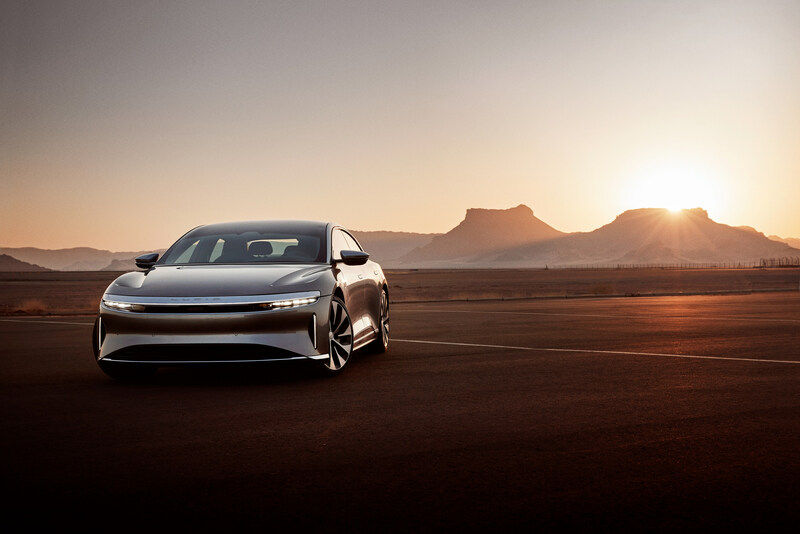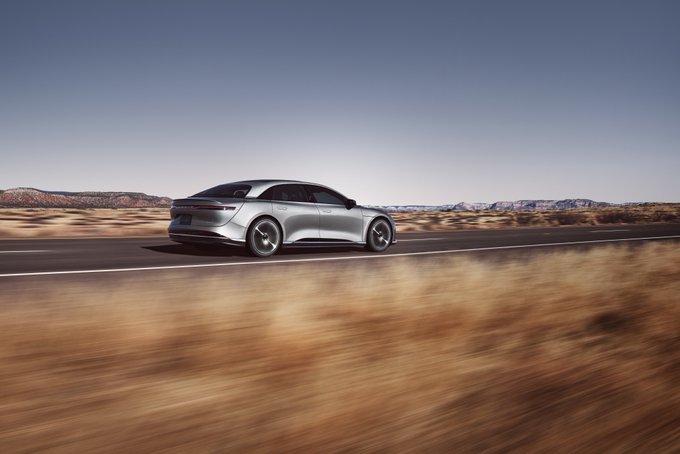
Lucid Air ‘Stealth Look’ Option Priced at $6,000 USD [PICS]
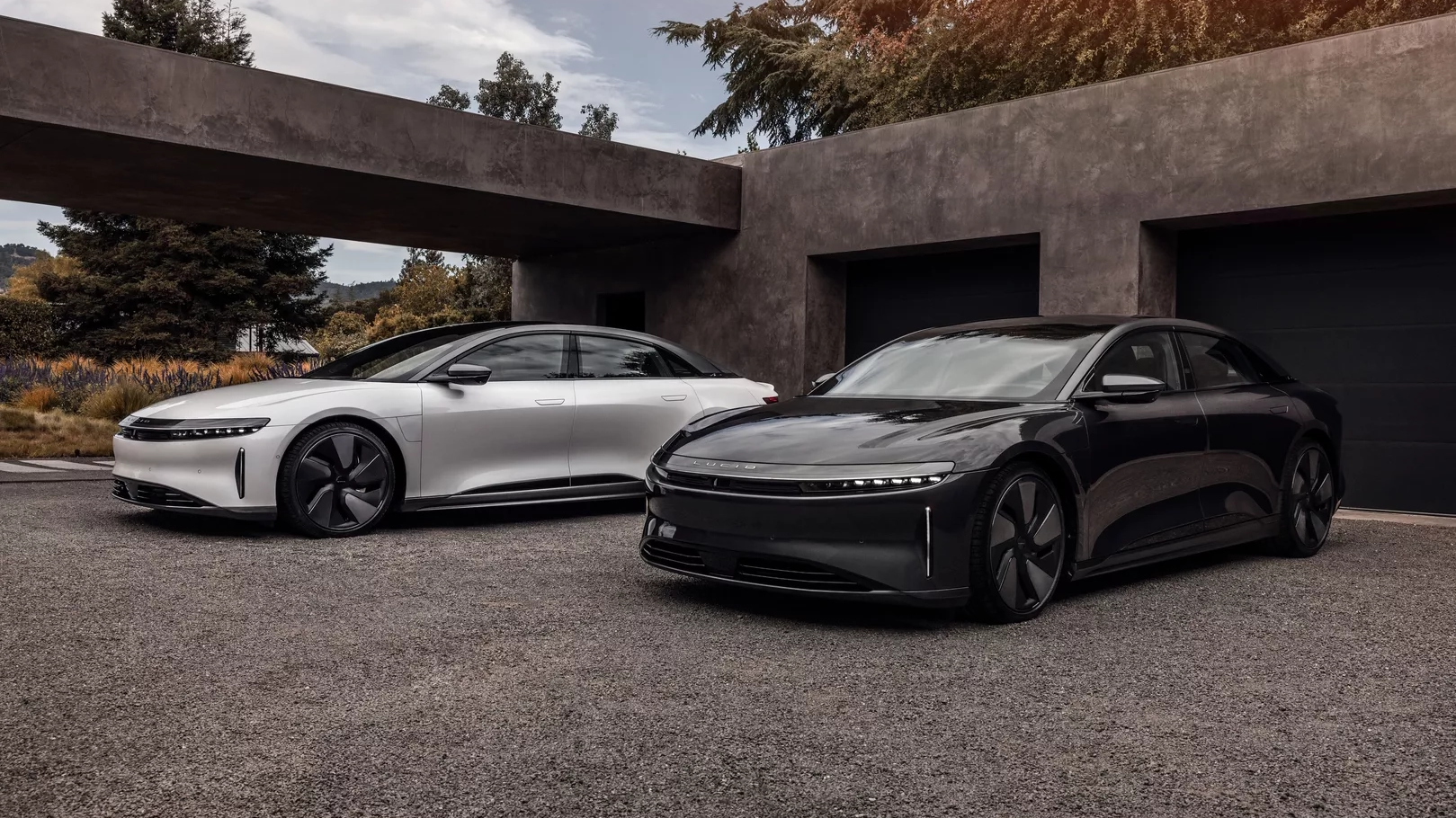
Photo: Lucid Motors
Lucid Motors introduced a new Stealth variant of the Air electric vehicle (EV) as detailed in a press release shared by the automaker on Monday.
The new exterior design includes what the automaker calls a “slightly more sinister personality,” featuring a combination of black and dark gray elements from trim to paint.
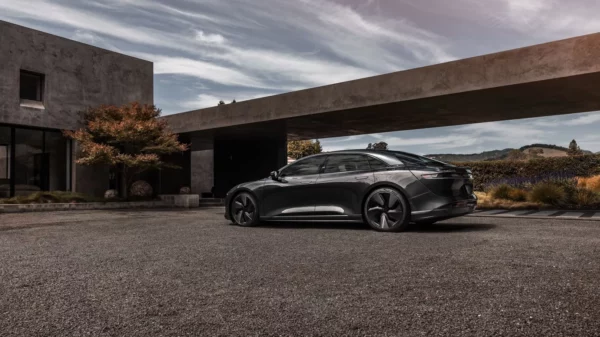
Photo: Lucid Motors
In a statement, Lucid SVP of Design and Brand Derek Jenkins said, “From its inception, Lucid Air was designed for two distinct looks that reflect the duality of its personality: standard Platinum Look, which highlights its luxurious nature; and now Stealth Look, which is simultaneously assertive yet under-the-radar.”
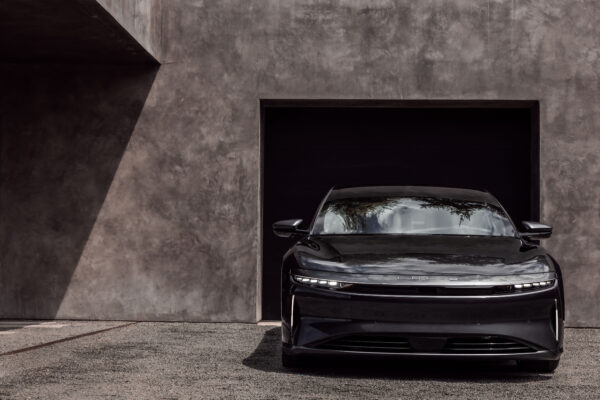
Photo: Lucid Motors
The vehicle’s front nose blade, C-pillar flags and lower-door fascia trim have all been replaced with polished black hardware, as opposed to the original Lucid Air’s bright trim look.
The Lucid Air Stealth variant includes 21-inch Aero Sport Stealth wheels or 20-inch Aero Lite Stealth wheels, both with satin black wheel inserts.

Photo: Lucid Motors
The Lucid Air Stealth also has a stealth satin roof cap and cantrails, framing what the automaker calls the Glass Canopy rooftop.
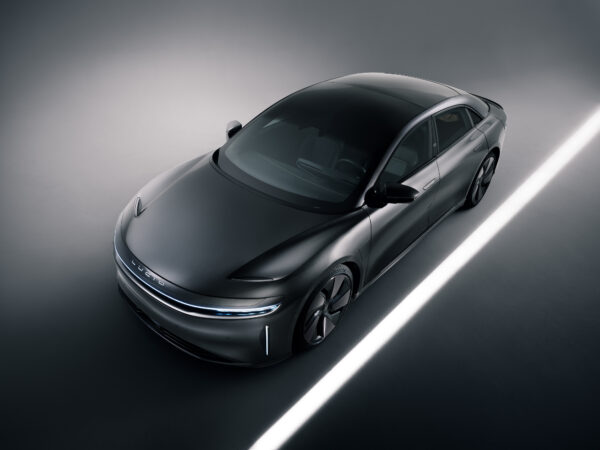
Photo: Lucid Motors
The Stealth variant includes a range of new, customizable dark trim options that can be selected by the buyer on the website’s car configuration page for the Lucid Air.
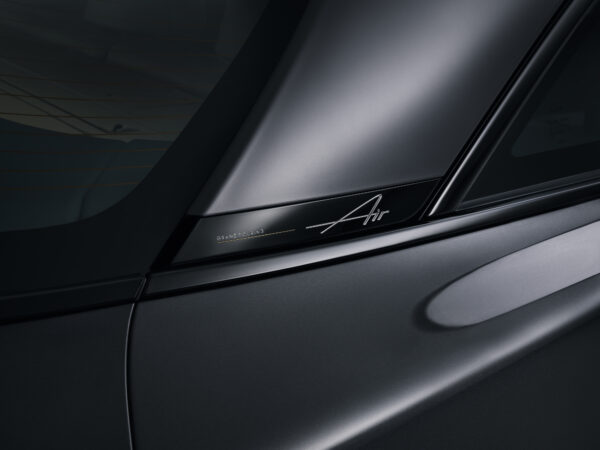
Photo: Lucid Motors
The new Stealth Look option launches on August 10 for the Air Grand Touring Performance, Air Grand Touring, and Air Touring (and paired with colours Stellar White, Infinite Black, Cosmos Silver, Quantum Gray, and Zenith Red). The Stealth Look option will be priced at 6,000 USD ($7,500 CAD), with first vehicles shipping with this option starting in Q1 2023.
Last week, Lucid Group announced its Q2 earnings, revealing only 679 cars were delivered in the quarter, while also cutting its annual production forecast to 6,000 to 7,000 cars in 2022, down from its original forecast of 20,000 in the beginning of the year. The company blamed the low output on supply chain and logistics “challenges” it faced, according to CEO Peter Rawlinson.
